Home / News / Industry News / Is there a big price gap in precision CNC machining? You will understand after reading this article
Is there a big price gap in precision CNC machining? You will understand after reading this article
When purchasing precision CNC machining services in the manufacturing industry, many companies face a common problem: for the same drawing, quotes from different manufacturers can vary by double or even more. Why does this price disparity occur? Does it mean that higher-priced manufacturers are more reliable? Or does the lower-priced manufacturer necessarily cut corners? In reality, the price differences in precision CNC machining reflect a complex combination of factors, including equipment, processes, materials, labor, management, and service. This article will provide an in-depth analysis of the key factors influencing machining quotes, helping you make more informed purchasing decisions.
1. Why are there such large price differences in precision CNC machining?
In the market, quotations from different manufacturers often vary significantly. Some quote higher, others lower, making it difficult for customers to determine which one offers the best value for money.
The root causes of this situation are as follows:
Equipment differences: High-end CNC machine tools offer far superior machining accuracy and stability than standard equipment, resulting in higher prices.
Different machining precision requirements: Higher precision requirements lead to longer machining times, higher scrap rates, and naturally higher prices. Differences in Material and Process Complexity: Different materials (such as titanium alloy, stainless steel, and aluminum alloy) require different tools and processes, which directly impacts machining costs.
Different Labor and Management Levels: Differences in technician experience, quality inspection processes, and management systems also impact pricing.
Order Volume and Delivery Time: Bulk orders can mitigate costs, while rush orders and prototype processing are typically more expensive.
2. Equipment Differences: The Key to Processing Accuracy and Efficiency
Equipment is the core asset of precision CNC machining.
High-end five-axis CNC machining centers can achieve single-shot molding of complex parts, with machining errors controlled to micron levels. Conventional three-axis machines often require multiple setups, resulting in significant error accumulation.
For example:
Manufacturers using imported brand machine tools (such as Mazak, DMG, and HAAS) offer high machine stability and repeatability, making them suitable for high-precision parts.
On the other hand, some small machining shops use older equipment with insufficient precision and poor maintenance. While these equipment may offer lower prices, they also carry higher risks.
Thus, the higher the equipment investment, the higher the machining cost, but also the greater the guarantee of machining quality and stability.
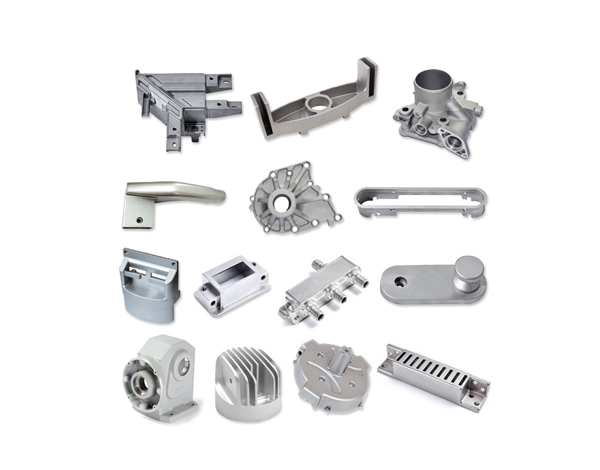
3. The Direct Impact of Machining Precision and Process Complexity
The price of precision CNC machining is directly proportional to the required part precision.
Ordinary parts with tolerances of ±0.05mm require shorter machining times and lower quotes.
High-precision parts with tolerances of ±0.005mm or even finer require slower cutting, repeated inspections, and corrections, significantly increasing machining costs.
In addition, complex structural parts (such as those with curved surfaces, deep holes, and polyhedrons) require multi-axis machine tools and even custom fixtures and tooling, all of which significantly increase the price.
A general rule of thumb is:
The longer the machining time, the more process steps, and the higher the precision requirements, the higher the quote.
4. Material Cost: Different Materials Have Significantly Different Processing Costs
In precision CNC machining, material type significantly impacts machining costs. Different materials have varying machining difficulties and cost characteristics. For example, aluminum alloy machining is relatively easy, offering excellent cutting performance and high efficiency, resulting in lower costs. Stainless steel machining is moderately difficult, requiring controlled cutting speeds and careful consideration of tool wear, resulting in slower machining speeds and higher costs. Titanium alloy is a challenging material, requiring specialized tools and cooling systems, resulting in longer machining times and significantly higher costs. Copper easily deforms during machining, requiring controlled temperature and machining conditions to ensure precision, which also increases machining costs.
For example, machining the same part using aluminum alloy may only take a few hours, but using titanium alloy may take more than twice as long, with significantly higher tool consumption. Therefore, the machining price difference for different materials typically ranges from 30% to 100%.
5. The Impact of Labor Costs and Technical Level
Highly skilled technicians are an indispensable core force in precision CNC machining.
An experienced technician can not only optimize process paths and reduce scrap rates, but also shorten machining cycles and improve overall efficiency. Labor costs also fluctuate depending on region and personnel qualifications. Furthermore, some manufacturers utilize automated processing lines or robotic clamping systems. While this equipment investment is high, it significantly improves labor efficiency and, in turn, reduces unit costs.
6. Quality Inspection and Management System: The Manifestation of Hidden Costs
Reliable precision CNC machining manufacturers often invest heavily in quality management.
High-standard inspection equipment (such as coordinate measuring machines, laser interferometers, and roughness testers) is expensive but effectively ensures consistent part quality.
Some small processing points may rely solely on caliper inspection, lacking systematic quality control. While this may result in lower quotes, it carries a higher risk of rework.
Furthermore, companies with certifications such as ISO 9001 or IATF 16949 have more comprehensive management systems and higher quality consistency.
These inspection and management investments are ultimately reflected in the processing quote.
7. Balancing Order Quantity and Lead Time
Batch processing: Large quantities allow for the amortization of machine setup and programming costs, resulting in more favorable unit prices. Sample or small-batch orders: Due to fixed costs such as machine setup, programming, and testing, unit prices are often higher.
Expedited orders: Require adjustments to production schedules or overtime, which naturally increase prices.
Thus, under the same processing conditions, larger batch sizes result in lower unit prices; shorter lead times result in higher prices.
8. Quotation Logic among Different Manufacturers
Large, specialized manufacturers: offer advanced equipment, standardized processes, high quality, and mid-to-high-end pricing.
Small and medium-sized fabricators: Offer competitive pricing, but vary in equipment quality, making them suitable for parts requiring less precise precision.
Therefore, when selecting a manufacturer, consider more than just the quote; comprehensively evaluate their strength, reputation, and service capabilities.
9. How to Determine if a Quotation is Reasonable?
To determine whether a precision CNC machining quote is reasonable, consider the following:
Whether a detailed quote is provided (including materials, labor hours, tools, testing, post-processing, etc.);
Whether technical analysis and process recommendations are provided based on the drawings;
Whether the quote is in line with the market range (a quote that is too low often indicates risk);
Whether the manufacturer is willing to provide sample testing or quality inspection reports;
Through these methods, customers can quickly identify a reasonable and reliable machining partner.
10. Choosing a Reliable Partner: Price-Performance Ratio is More Important
In actual procurement, price-performance ratio is always more important than price alone.
Choosing a strong and reputable precision CNC machining manufacturer can create long-term value for your business in the following ways:
Providing stable product quality and delivery guarantees;
Assisting with process optimization and reducing overall costs;
Supporting the transition from small-batch trial production to mass production;
Providing comprehensive after-sales service and technical support.
The wide price gap in precision CNC machining is essentially a result of differences in manufacturing capabilities and management levels. A high quote does not necessarily mean exorbitant profits, but rather a true reflection of the equipment, technology, processes, and quality system. When choosing a machining partner, businesses should strike a balance between price, quality, delivery, and service. Xinbanghui specializes in high-precision CNC machining services. Equipped with advanced five-axis machining equipment and a comprehensive testing system, we offer clients a one-stop solution from design drawings and process optimization to finished product testing. With stable delivery capabilities and strict quality control, Xinbanghui is committed to providing cost-effective precision CNC machining services to clients across various industries, helping manufacturers enhance their competitiveness.
Hot Product
Hot Product
-
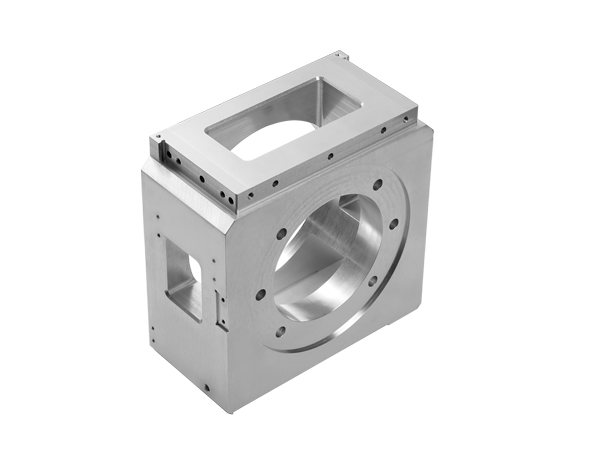 Bearing flange for medical equipmentRead moreBearing flange for medical equipment
Bearing flange for medical equipmentRead moreBearing flange for medical equipment -
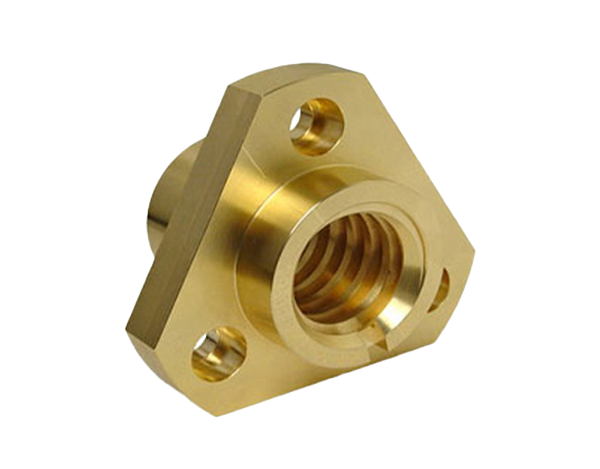 Turning and milling composite precision brass rod sleeveRead moreTurning and milling composite precision brass rod sleeve
Turning and milling composite precision brass rod sleeveRead moreTurning and milling composite precision brass rod sleeve -
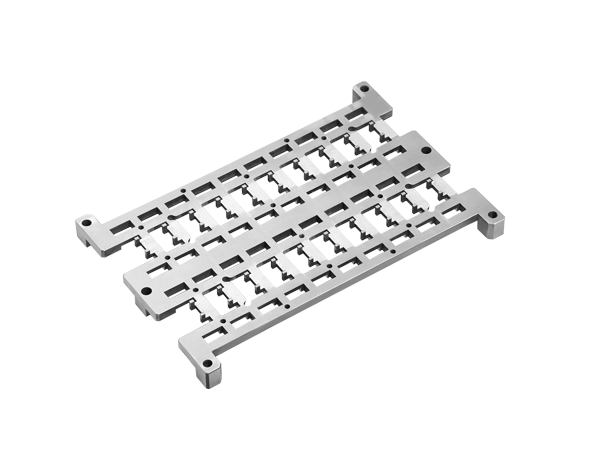 Precision milling of joint product toolingRead morePrecision milling of joint product tooling
Precision milling of joint product toolingRead morePrecision milling of joint product tooling -
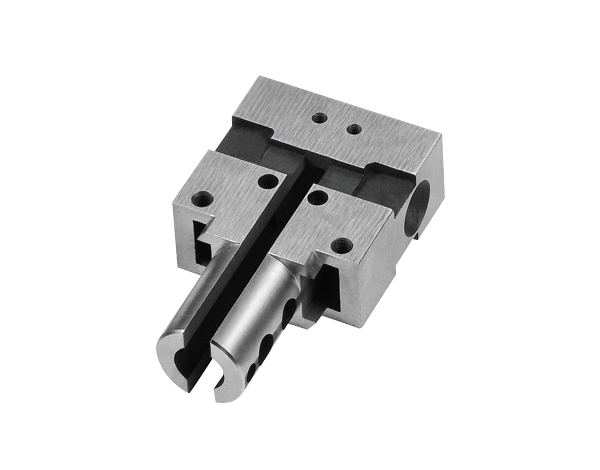 Automation equipment precision stainless steel suction nozzleRead moreAutomation equipment precision stainless steel suction nozzle
Automation equipment precision stainless steel suction nozzleRead moreAutomation equipment precision stainless steel suction nozzle -
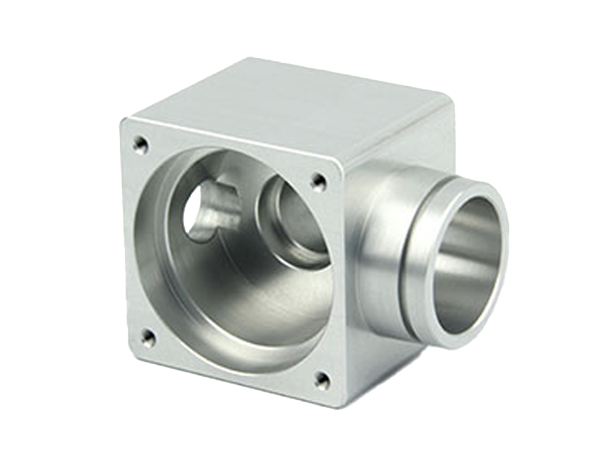 CNC titanium alloy precision square parts processingRead moreCNC titanium alloy precision square parts processing
CNC titanium alloy precision square parts processingRead moreCNC titanium alloy precision square parts processing -
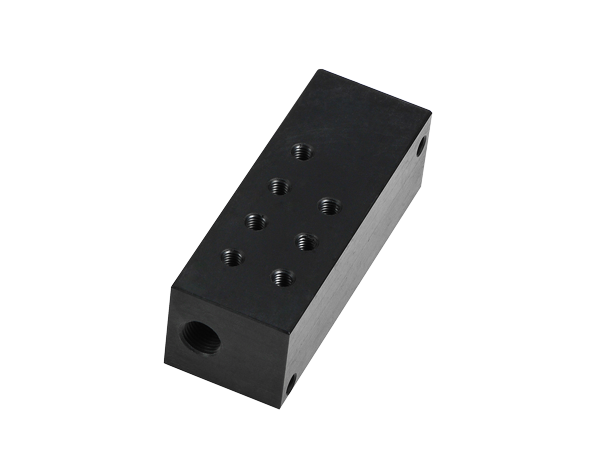 Medical device connector bracketRead moreMedical device connector bracket
Medical device connector bracketRead moreMedical device connector bracket
